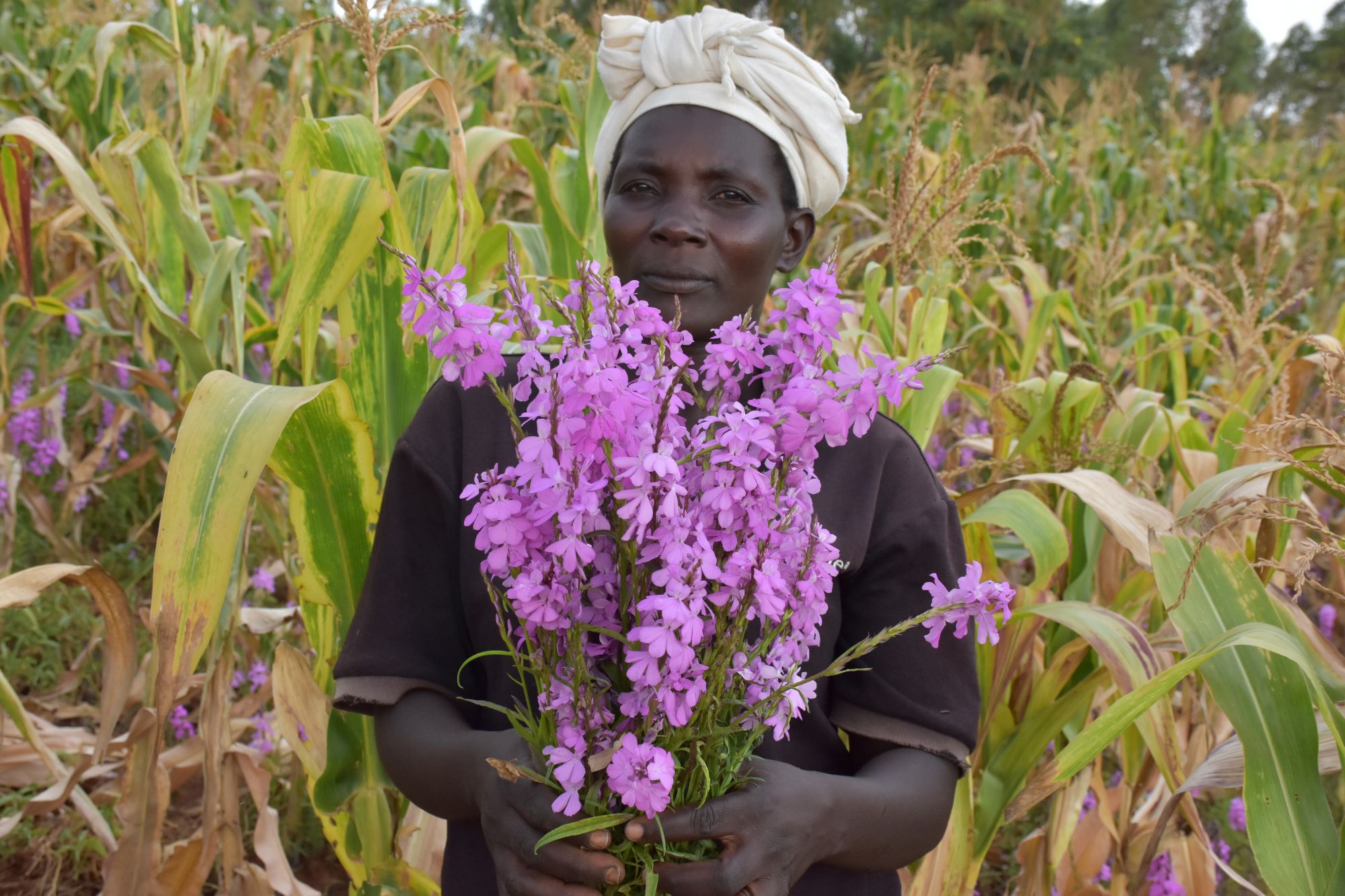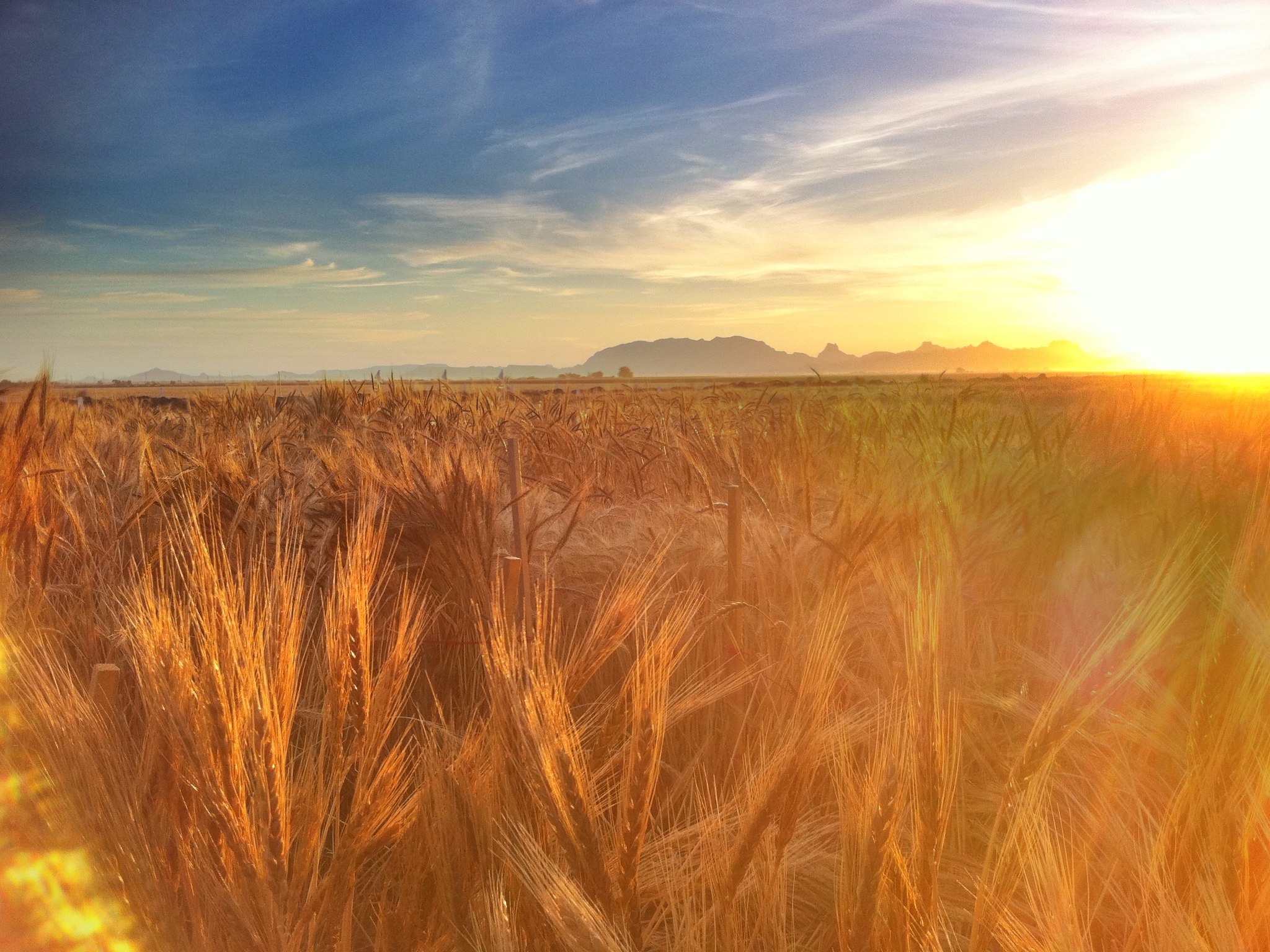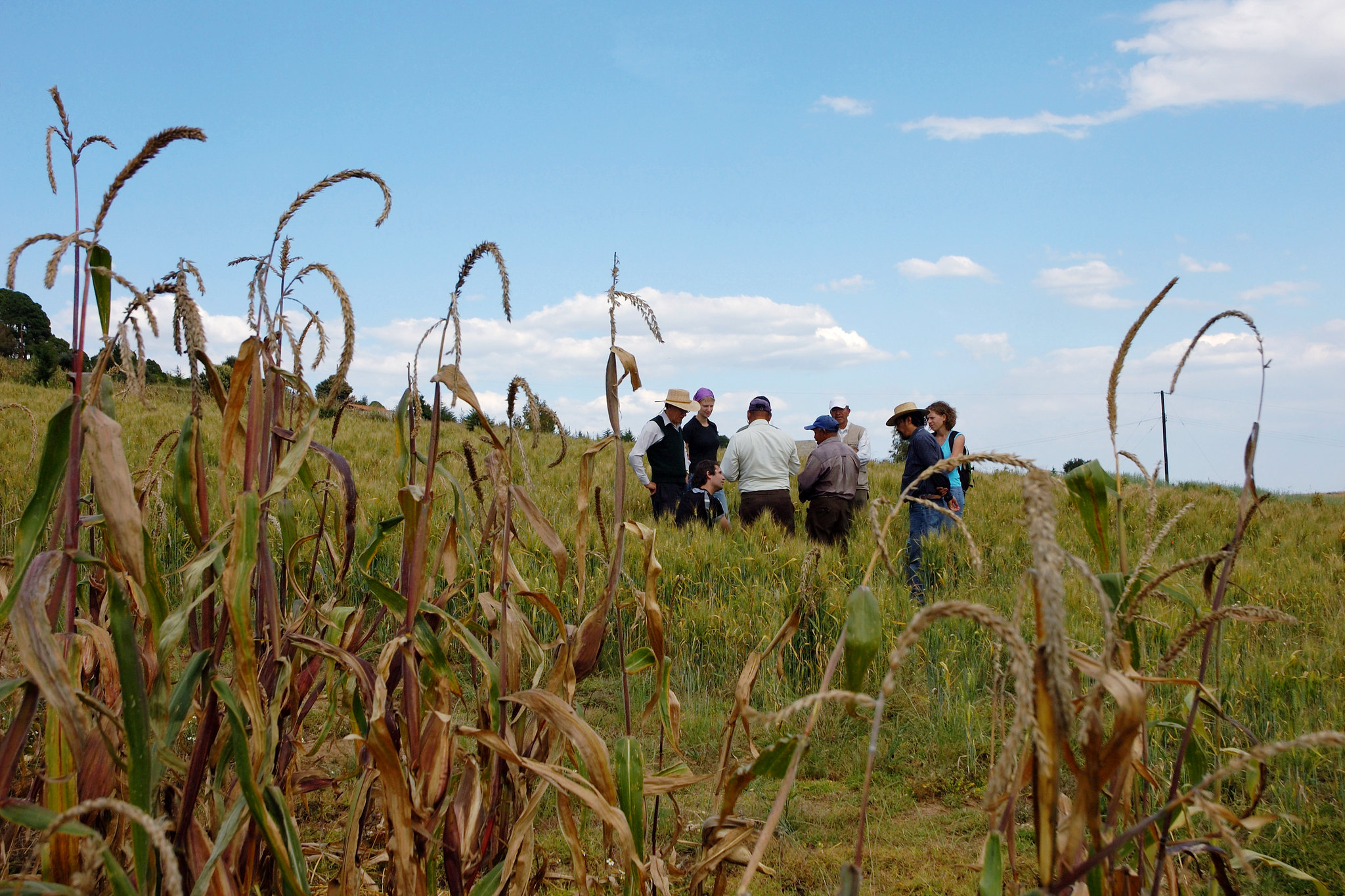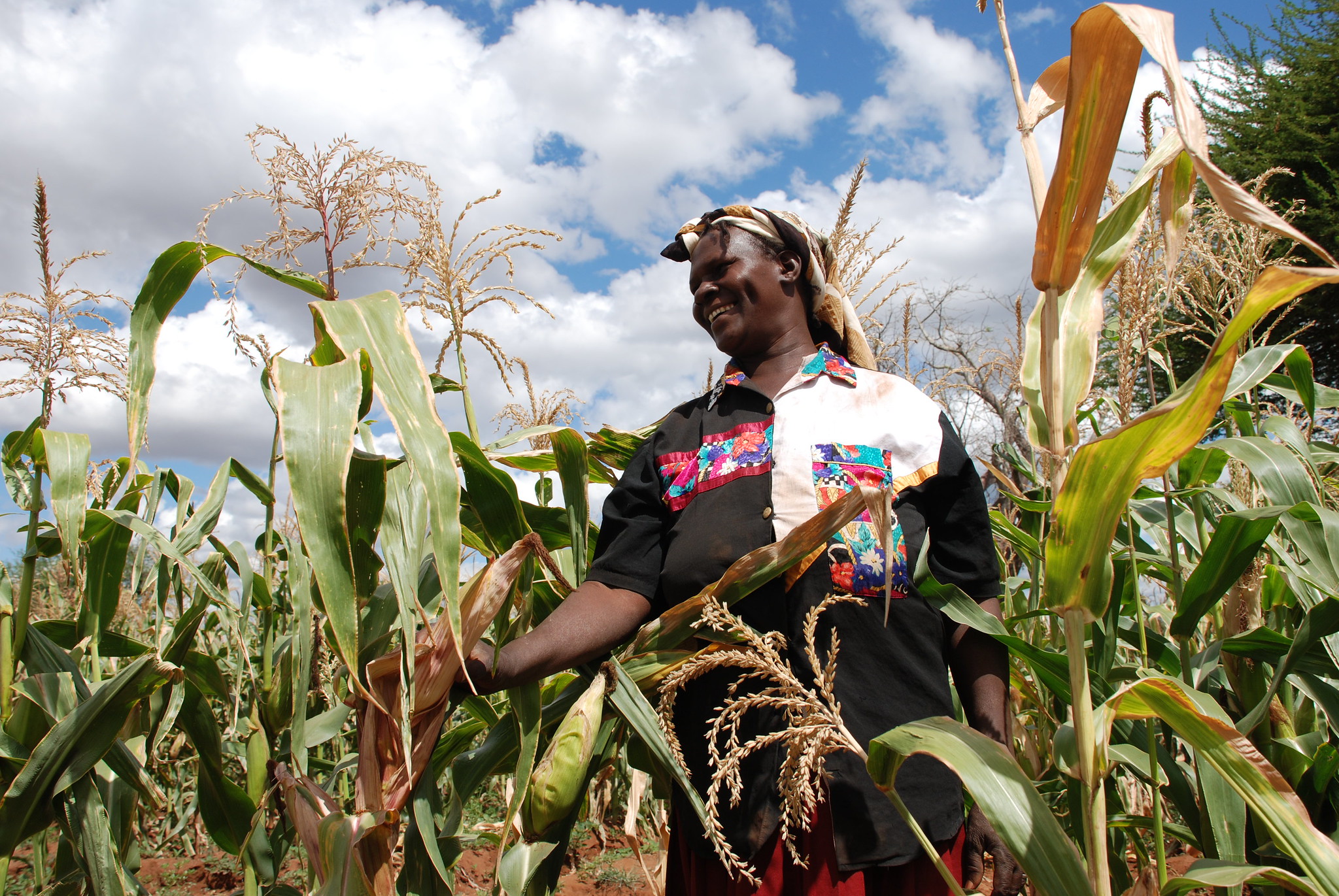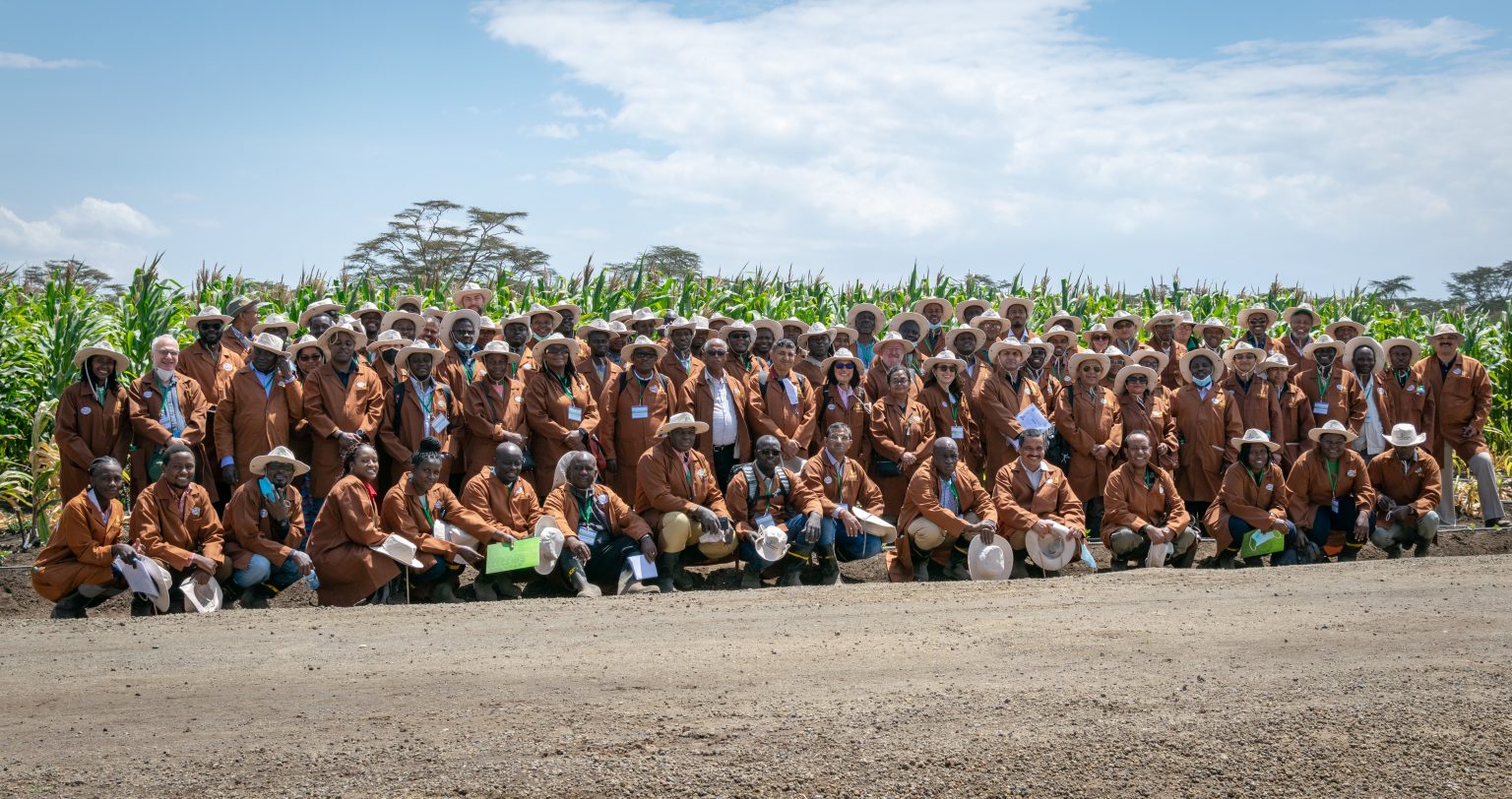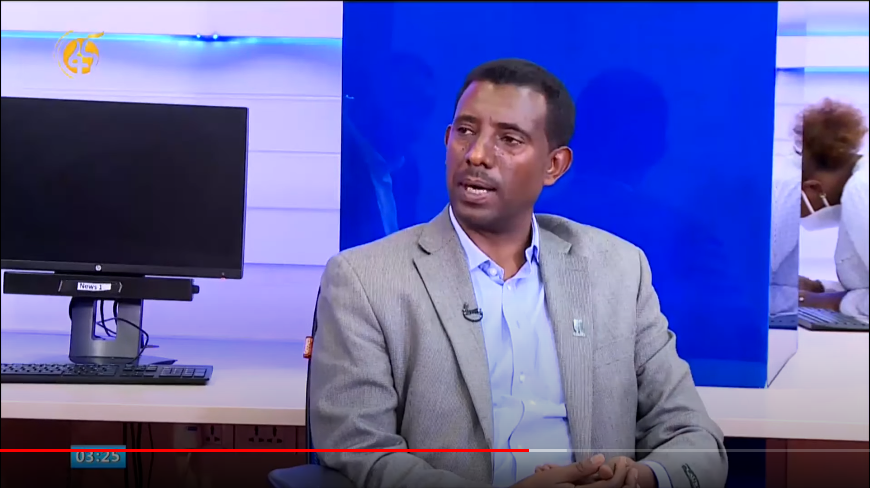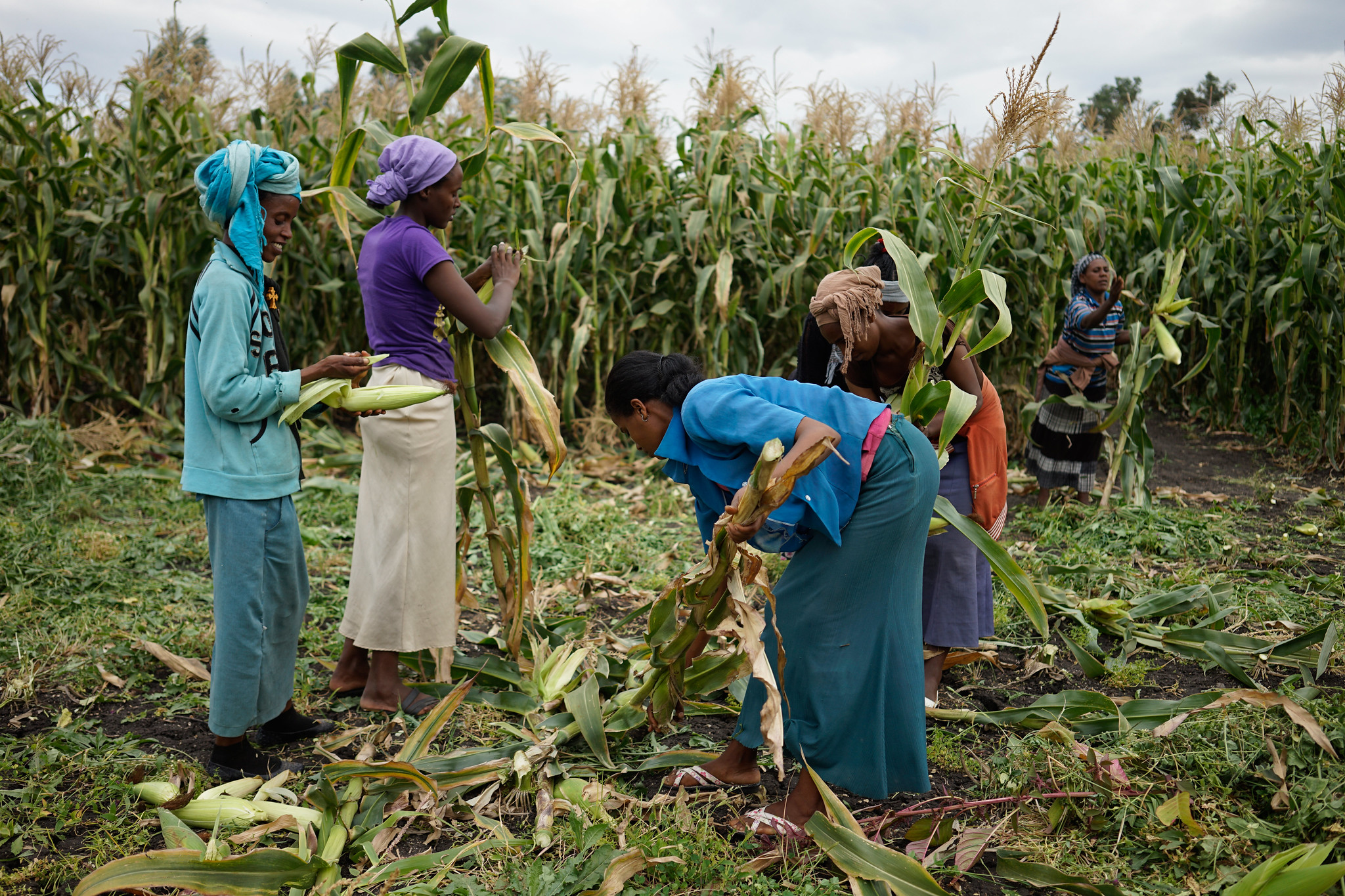Nutrition, health and food security
As staple foods, maize and wheat provide vital nutrients and health benefits, making up close to two-thirds of the world’s food energy intake, and contributing 55 to 70 percent of the total calories in the diets of people living in developing countries, according to the U.N. Food and Agriculture Organization. CIMMYT scientists tackle food insecurity through improved nutrient-rich, high-yielding varieties and sustainable agronomic practices, ensuring that those who most depend on agriculture have enough to make a living and feed their families. The U.N. projects that the global population will increase to more than 9 billion people by 2050, which means that the successes and failures of wheat and maize farmers will continue to have a crucial impact on food security. Findings by the Intergovernmental Panel on Climate Change, which show heat waves could occur more often and mean global surface temperatures could rise by up to 5 degrees Celsius throughout the century, indicate that increasing yield alone will be insufficient to meet future demand for food.
Achieving widespread food and nutritional security for the world’s poorest people is more complex than simply boosting production. Biofortification of maize and wheat helps increase the vitamins and minerals in these key crops. CIMMYT helps families grow and eat provitamin A enriched maize, zinc-enhanced maize and wheat varieties, and quality protein maize. CIMMYT also works on improving food health and safety, by reducing mycotoxin levels in the global food chain. Mycotoxins are produced by fungi that colonize in food crops, and cause health problems or even death in humans or animals. Worldwide, CIMMYT helps train food processors to reduce fungal contamination in maize, and promotes affordable technologies and training to detect mycotoxins and reduce exposure.
Plan to improve wheat output under works
 Nutrition, health and food security
Nutrition, health and food security
Source: Dawn (6 Aug 2020)
Pakistan and CIMMYT discuss strategy to increase wheat productivity through promotion of high-yielding wheat varieties.
Cultivation of outdated wheat varieties causing 50pc yield gap, minister told
 Nutrition, health and food security
Nutrition, health and food security
Source: Pakistan Today Profit (5 Aug 2020)
CIMMYT projects in Pakistan have contributed to increased wheat productivity, created new seedbanks and have trained 10,000 farmers on quality seed production and marketing.
AGG project to ramp up genetic gains in maize for better livelihoods
 Nutrition, health and food security
Nutrition, health and food security
Source: AFRICA Agribusiness (31 Aug 2020)
Project will deliver improved, stress resilient, nutritious seed to smallholders in sub-Saharan Africa and south Asia.
New project to ramp up genetic gains in maize for better livelihoods
 Nutrition, health and food security
Nutrition, health and food security
Source: The Rwandan (30 Jul 2020)
AGG project will deliver improved, stress resilient, nutritious seed to smallholders in sub-Saharan Africa and south Asia.
Work to develop high yielding Striga tolerant maize seed is bearing fruit
 Nutrition, health and food security
Nutrition, health and food security
An early indication of parental lines with potential to tolerate or resist Striga, is showing “light at the end of the tunnel” for farmers battling the nutrient-sucking monster.
“Better, faster, equitable, sustainable” – wheat research community partners join to kick off new breeding project
 Nutrition, health and food security
Nutrition, health and food security
Collaboration, partnership and mutual learning with national partners key focus of new project to accelerate breeding and delivery of improved wheat varieties.
New publications: Rotation, mulch and zero tillage reduce weeds
 Nutrition, health and food security
Nutrition, health and food security
Trial results highlight the long-term benefits of conservation agriculture-based weed management.
New project to ramp up genetic gains in maize for better livelihoods
 Nutrition, health and food security
Nutrition, health and food security
Source: Seed Quest (28 Jul 2020)
The new AGG project has a strong focus on more synergistic and supportive partnerships with national programs to help improve the effectiveness of their breeding efforts.
New project to ramp up genetic gains in maize for better livelihoods
 Nutrition, health and food security
Nutrition, health and food security
The new AGG project has a strong focus on more synergistic and supportive partnerships with national programs to help improve the effectiveness of their breeding efforts.
WhatsApp, the secret of farmers in Coahuila to continue during the pandemic
 Innovations
Innovations
Source: Forbes México (25 Jul 2020)
Agriculture in Mexico has not stopped during the COVID-19 pandemic, but has had to reinvent itself.
Floods highlight importance of food security
 Climate adaptation and mitigation
Climate adaptation and mitigation
Source: China Daily (22 Jul 2020)
CIMMYT-developed drought-and high temperature-tolerant maize varieties help strengthen resilience to weather extremes in China.
Ethiopia puts in place strategies to ensure food availability amid COVID-19 crisis
 Nutrition, health and food security
Nutrition, health and food security
CIMMYT continues to support farmers and the agricultural sector in the country.
Combating COVID-19 with better nutrition: What an Iowa organization is doing in Central America
 Nutrition, health and food security
Nutrition, health and food security
Source: Des Moines Register (17 Jul 2020)
Self-Help International is fighting malnutrition with biofortified crops in Nicaragua.
Targeted fertilizer recommendations improve maize productivity in Ethiopia
 Nutrition, health and food security
Nutrition, health and food security
Researchers in Ethiopia show that well-targeted fertilizer recommendations improve fertilizer usage and productivity of maize production.




